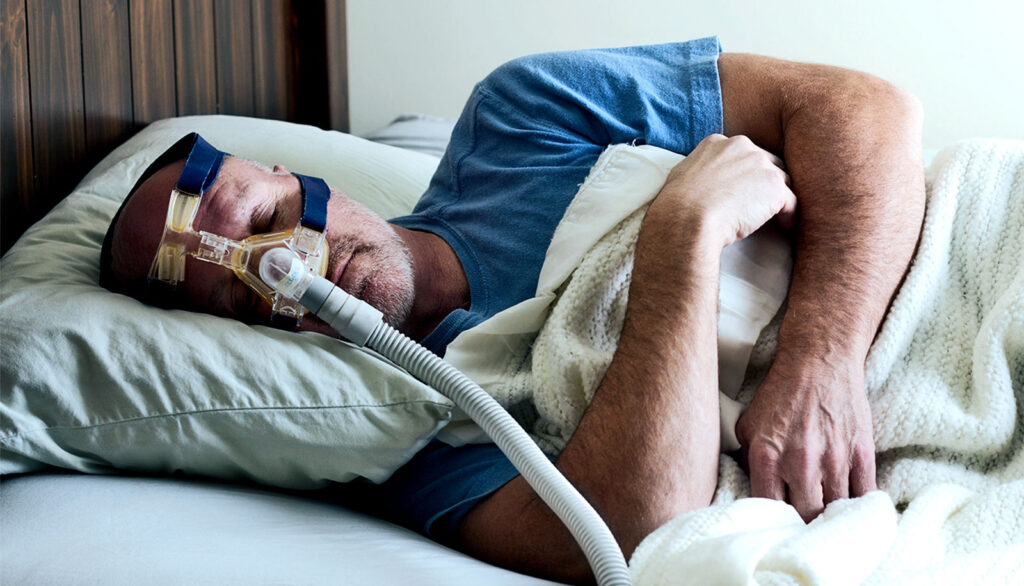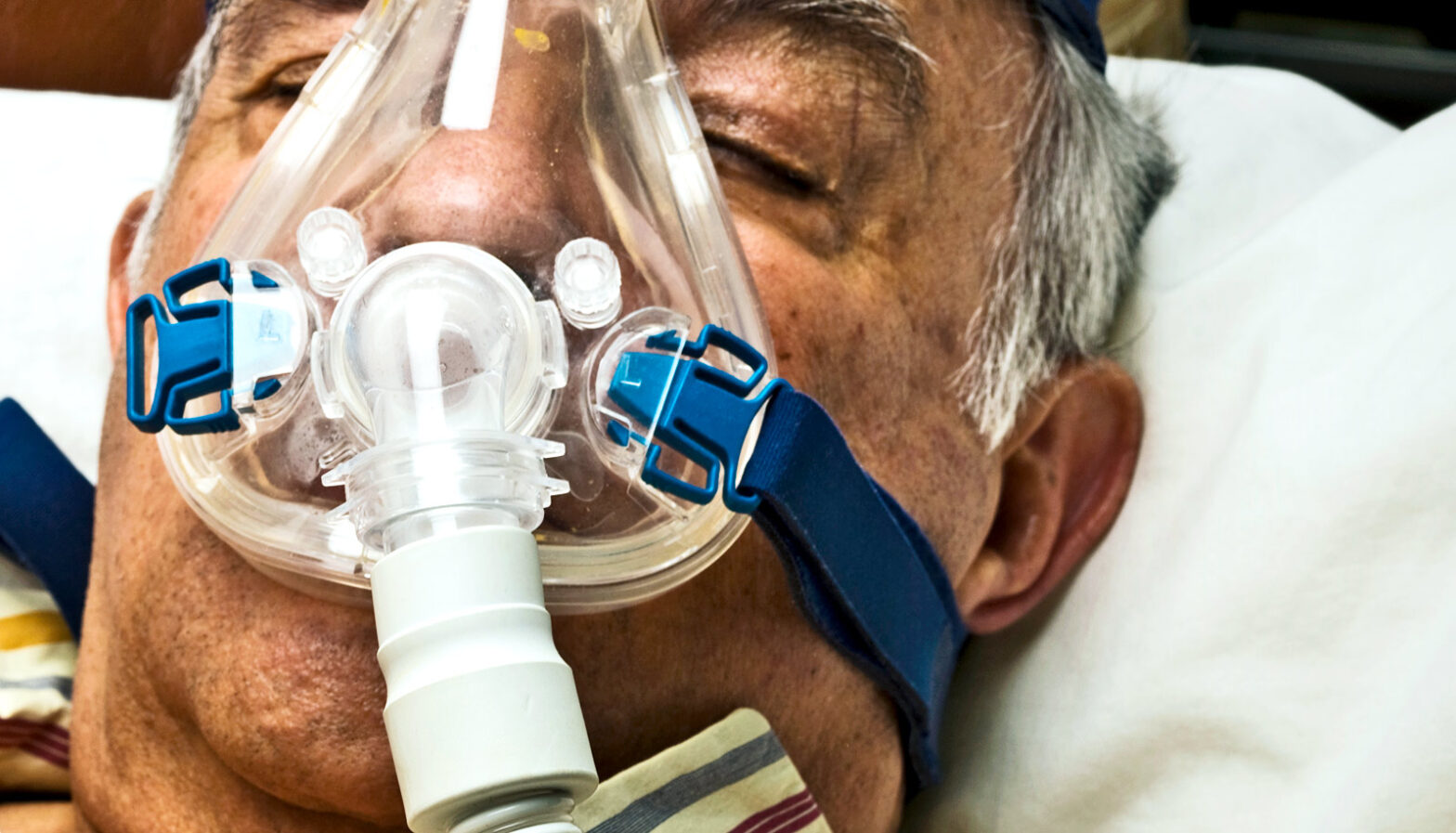One of around 80 distinct kinds of sleep disorders is sleep apnea. According to the American Sleep Apnea Association1, roughly 22 million Australians, or almost 26 percent of individuals between the ages of 30 and 70, suffer from sleep apnea. Despite how widespread it is, about 80% of cases go undetected and untreated.
What is sleep apnea?
With sleep apnea, as detailed by Air Liquide Healthcare breathing is regularly stopped and started while you’re asleep due to breathing interruptions. Depending on the individual, these overnight sleep disturbances might happen up to several hundred times in a single night.
Sleep apnea may have detrimental effects on one’s health if it is not addressed, increasing the risk of major illnesses such high blood pressure, diabetes, stroke, heart attack, and heart failure.
Sleep apnea comes in three different forms:
Obstructive Sleep Apnea
The most prevalent kind of sleep apnea happens when the throat muscles relax and close off the upper airway. Repeatedly relaxing the neck muscles greatly limits or even completely halts airflow.
Central Sleep Apnea
A disorder brought on by your brain sending the wrong instructions to the respiratory muscles.
Syndrome of complex sleep apnea
a situation in which you have been identified as having both central and obstructive sleep apnea.
Symptoms
Because obstructive and central sleep apnea overlap many signs and symptoms, figuring out which kind you have may be difficult. Frequent loud snoring or apnea episodes while you sleep, which involve gasping for air and reduced or halted breathing, are the most typical symptoms of sleep apnea.
Multiple symptoms are brought on by the disruption of regular sleep patterns caused by sleep apnea. One of the most typical symptoms is daytime tiredness brought on by a lack of sound sleep at night. The exhaustion may often be so bad that it becomes apparent in regular encounters with coworkers, instructors, and other people. Your focus, alertness, consciousness, and motor abilities may be affected by the sleep apnea-related drowsiness.

Additional typical signs of sleep apnea include:
Frequent urination at night
morning headaches and dry mouth; and decreased libido or sexual dysfunction
Men, women, and children all exhibit different indications and symptoms. For instance, compared to males, women often have greater rates of headaches, exhaustion, depression, anxiety, insomnia, and sleep disturbances. Bedwetting, asthma episodes, hyperactivity, and problems with academic achievement are all frequent in children with sleep apnea.
Diagnosis
Many individuals with sleep apnea are unaware they have it since it happens when they are sleeping. Because of this, it often stays undiscovered and untreated. It can take a bed partner, roommate, or family member seeing that you sometimes stop breathing in your sleep for you to understand there is a problem.
How To Recognize Sleep Apnea in People
Contact your doctor if you have been informed you snore loudly, stop breathing while sleeping, or feel too weary throughout the day. They could advise getting your sleep apnea evaluated. Your sleep history, your symptoms, observations made by family members, and other variables will all be evaluated by your doctor.
Your physicians will send you to a sleep disorder clinic if they believe you have sleep apnea so that a sleep expert may evaluate your condition and decide if more testing is necessary.
A sleep disorder center overnight sleep study, where you’ll be watched while you sleep, is often part of an examination. Your heart rate, breathing, brain waves, and other vital indicators will be tracked and recorded during the course of this sleep study.
Your doctor may utilize home sleep testing to identify your sleep apnea in certain people. Typically, home sleep tests track your pulse rate, blood oxygen level, ventilation, and breathing patterns.
Based on the findings of a home sleep test, your doctor may be able to diagnose you and recommend a course of therapy. Depending on the outcome, they can suggest that you go through a sleep study at a center for sleep disorders to make sure your diagnosis is accurate. The appropriate treatment strategy may then be given to you by the sleep expert.
Your doctor may recommend an ENT specialist with significant training in disorders of the head and neck if you are diagnosed with obstructive sleep apnea. They may be able to identify the root of your breathing problems and suggest the best course of action.
In order to identify the underlying cause of central sleep apnea, a cardiologist or neurologist assessment may also be necessary.
Treatment
The severity of your disease will determine the kind of therapy you need for sleep apnea. Your doctor could advise making lifestyle changes, such decreasing weight, stopping smoking, and drinking less alcohol, for milder problems.
Devices for sleep apnea
Many people discover that a sleep apnea machine works well for mild to severe instances. Continuous positive airway pressure (CPAP) is the most widely used device to treat sleep apnea (CPAP).
You wear a mask to get continuous air pressure from the CPAP while you sleep. The powerful positive air pressure will keep your airways open, eliminating snoring and breathing pauses.
The most effective therapy for sleep apnea is CPAP devices. Some individuals, however, find them unpleasant and find it difficult to wear the mask at night. Before you discover a mask that fits comfortably, it could take some getting used to and experimenting with various masks.
Many people claim that using a CPAP machine has significantly improved their quality of life and sleep.
Clinical studies
For certain individuals, taking part in a clinical study offers an additional therapy option. Patients engage in experimental therapies and treatments during clinical trials to provide researchers in medicine information about the efficacy of proposed treatments and potential side effects.

Find sleep apnea clinical trials that you could qualify for here.
Surgery
Surgery may be a possibility in severe instances of obstructive sleep apnea when other non-invasive therapy methods have failed for at least six months.
Surgery for sleep apnea may take the following forms:
Removing tissues
Taking out your tonsils, adenoids, and any tissue from the top of your throat and the back of your mouth. While this method may stop snoring, it is less dependable and effective than CPAP.
Tissue contraction
This causes the tissue at the top of your throat and at the rear of your mouth to shrink using radiofrequency ablation. It has been discovered that this treatment for mild to severe sleep apnea achieves outcomes comparable to tissue excision with reduced surgical risk.
Jaw realignment
a surgery in which the jaw is shifted forward to increase the area behind the tongue and soft palate and lessen the risk of airway blockage.
Stimulating the nerves
using a surgically implanted device to stimulate the tongue’s control nerve, which keeps it in place and prevents obstruction of the airway.
When all other treatment options have been exhausted and the patient has severe or life-threatening sleep apnea, a tracheostomy is performed. A new airway is constructed in your neck by making an aperture into which a plastic or metal tube is introduced. By moving air into and out of your lungs via the new aperture, which is covered while you are awake but left uncovered at night, you are able to get around the clogged airway.
Physicians and experts
Typically, your doctor will be your first point of contact. He or she may examine you and recommend a sleep expert for a diagnosis and therapy. Numerous medical specialties are represented among sleep experts. You might collaborate with a: in addition to your doctor
- Dentists (some dentists have particular training in the treatment of sleep problems, including sleep apnea)
- Otolaryngologists
- Neurologists
- Pulmonologists
- Other medical specialists
When should you get a sleep apnea diagnosis?
As soon as you see any of the following signs, you should talk to your doctor regarding sleep apnea:
- A bed partner or family member has complained about your loud snoring
- Someone has seen you stop breathing while you were asleep
- You wake up gasping for air or making choking noises
- You have trouble falling or staying asleep
- You are excessively sleepy during the day
- You frequently get headaches or sore throats in the morning.
